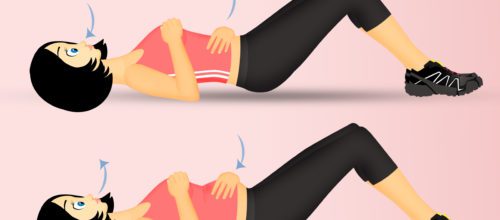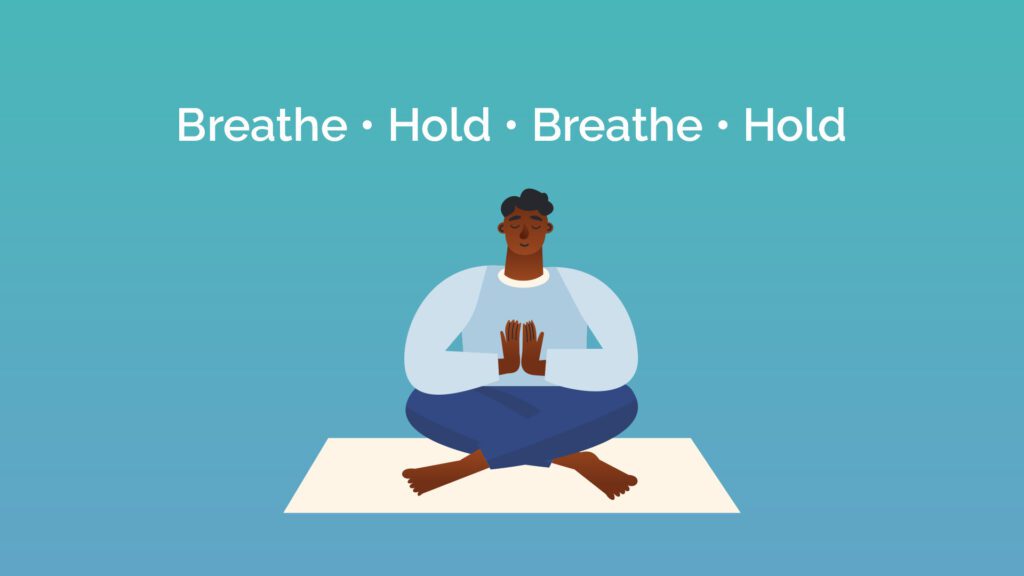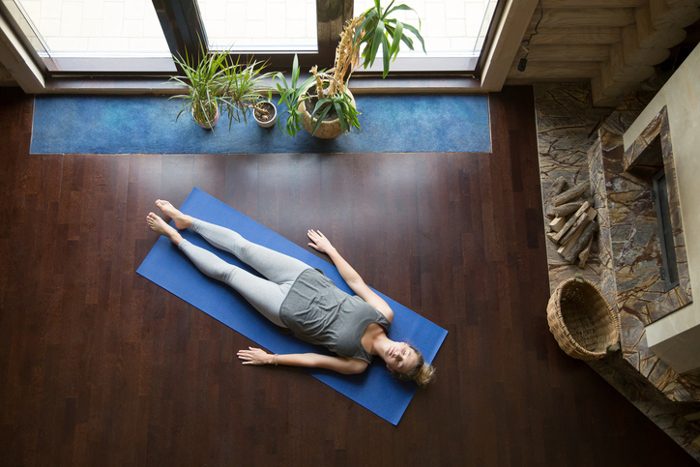
-
Pinterest
In our often hectic and demanding lives, stress can feel like an inevitable side effect, leaving us feeling anxious and overwhelmed. However, amidst the chaos, our breath remains a powerful tool, one we carry within us at all times, capable of transforming our day-to-day experience. Simple breathing techniques can serve as a bridge to tranquility, helping us to inhale courage and exhale fear. These practices not only calm the mind and reduce stress but also enhance our overall well-being by grounding us in the present moment. Here, we’ll discuss about the best 5 breathing techniques to combat stress that brings you into your normal mindset.
The Science Behind Breathing Techniques
The act of breathing impacts our entire body. It influences our heart rate, blood pressure, and stress levels. When we are anxious or stressed, our breathing tends to become quick and shallow, originating from the chest. This type of breathing, known as thoracic (chest) breathing, can escalate feelings of anxiety by stimulating the sympathetic nervous system, often referred to as the “fight or flight” response.
Conversely, deep, slow breathing encourages fuller oxygen exchange and activates the parasympathetic nervous system, promoting a state of calmness. By consciously changing the way we breathe, we can shift our body’s response to stress, fostering relaxation and reducing tension.

-
Pinterest
5 Breathing Techniques to Combat Stress
Here’s a guide to five simple yet effective breathing techniques that you can incorporate into your daily routine to help manage stress and invoke a sense of inner peace:
1. Diaphragmatic Breathing
Also known as belly breathing, this technique involves deep breathing that engages the diaphragm, allowing the lungs to expand and the belly to rise and fall.
How to Practice:
- Sit comfortably or lie flat on your back.
- Place one hand on your belly just below your ribs and the other hand on your chest.
- Take a deep breath in through your nose, and let your belly push your hand out. Your chest should not move.
- Breathe out through pursed lips as if you were whistling. Feel the hand on your belly go in, and use it to push all the air out.
- Repeat this breathing pattern for 3 to 10 minutes.

-
Pinterest
2. 4-7-8 Breathing
This method, also known as the “relaxing breath,” promotes relaxation and helps to quiet the mind. It can be particularly useful during times of stress or when anxiety strikes.
How to Practice:
- Sit or lie in a comfortable position.
- Empty the lungs of air.
- Breathe in quietly through the nose for 4 seconds.
- Hold the breath for a count of 7 seconds.
- Exhale forcefully through the mouth, pursing the lips and making a “whoosh” sound, for 8 seconds.
- Repeat the cycle up to four times.

-
Pinterest
3. Alternate Nostril Breathing
This is a common practice in yoga that not only reduces stress but also helps to balance the left and right hemispheres of the brain, improving focus and calming the mind.
How to Practice:
- Sit in a comfortable position with your legs crossed.
- Place your left hand on your knee.
- Use your right thumb to close off your right nostril.
- Inhale deeply through your left nostril.
- At the peak of your inhalation, close off your left nostril with your fingers, then exhale through the right nostril.
- Continue this pattern, inhaling through the right nostril and exhaling through the left.
- Perform this for 5 to 10 cycles.

-
Pinterest
4. Box Breathing
Also known as square breathing, this technique is a powerful stress reliever and is used by athletes, police officers, and nurses to calm the nerves and improve concentration.
How to Practice:
- Sit upright in a chair, feet flat on the floor.
- Slowly exhale, getting all the oxygen out of your lungs.
- Inhale slowly and deeply through your nose to a count of four, filling your lungs completely.
- Hold your breath for another count of four.
- Exhale through your mouth for the same four-second count, expelling the air from your lungs and abdomen.
- Hold your breath again for a final count of four.
- Repeat for four minutes or until calm returns.

-
Pinterest
5. Progressive Relaxation
This breathing exercise not only focuses on deep breathing but also incorporates a physical element by tensing and relaxing different muscle groups in conjunction with the breath.
How to Practice:
- Begin by inhaling and tensing the muscles in your feet, then exhale and release the tension.
- Move up through your body—legs, stomach, chest, arms, hands, neck, and face—tensing each muscle group as you hold your breath, then releasing as you exhale.
- Focus on the change in sensations as the stress leaves each part of your body.

-
Pinterest
Incorporating Breathing Techniques Into Your Daily Life
The beauty of these breathing techniques is their simplicity and accessibility. You can practice them almost anywhere and anytime you feel stressed. For maximum benefit, make them a part of your daily routine, setting aside specific times of the day for practice, such as morning, during work breaks, or before bedtime. Regular practice can help make these techniques more effective when you find yourself in high-stress situations.
More Related Posts:
- What is a Body Scan and How it can help with Stress and Well-Being
- Awaken Your Inner Fighter: Strategies for Resilience in Tough Times
- How Creativity Helps Us Feel Less Lonely and More Connected
Conclusion
Through the conscious use of breathing techniques to combat stress, you can transform your response to stress, leading to better health, improved mental clarity, and increased emotional resilience. Inhale deeply to draw in strength and courage; exhale slowly to release fear and tension. Let your breath be your guide back to a state of calm and confidence, allowing you to tackle challenges with a renewed sense of energy and peace.
